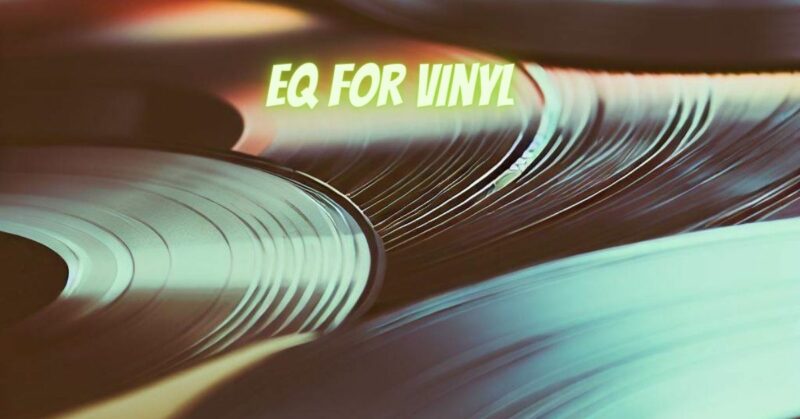EQ, or equalization, is the process of adjusting the frequency response of an audio signal. This can be done to improve the sound quality of the signal, or to compensate for the response of a particular playback system.
When it comes to vinyl, EQ can be used to improve the sound quality of the records by reducing noise and distortion, and by making the sound more balanced. However, it is important to use EQ carefully, as too much EQ can actually make the sound worse.
There are a few different ways to apply EQ to vinyl. One way is to use a graphic equalizer, which allows you to adjust the frequency response of the signal in a number of different bands. Another way is to use a parametric equalizer, which allows you to adjust the frequency, bandwidth, and gain of each band.
When choosing an EQ for vinyl, it is important to consider the type of records you will be listening to. For example, if you are listening to classical music, you may want to use a different EQ setting than if you are listening to rock music.
Here are some general tips for using EQ for vinyl:
- Start with a flat EQ setting and then adjust the frequencies as needed.
- Be careful not to overdo it, as too much EQ can make the sound worse.
- Experiment with different EQ settings to find what sounds best to you.
If you are not sure how to use EQ, it is best to consult with an audio engineer. They will be able to help you set up your EQ for optimal sound quality.
Here are some additional tips for getting the best sound from your vinyl records:
- Use a high-quality turntable and cartridge.
- Clean your records regularly.
- Place your turntable on a stable surface.
- Avoid placing your turntable near speakers or other sources of vibration.
- Use a good quality phono preamp.
- Listen to your records in a quiet environment.


